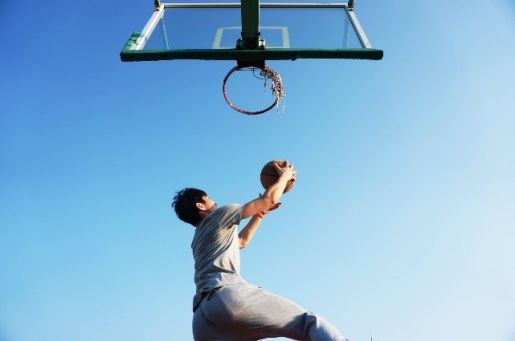Sports Ankle Braces – Are They the Right Choice for You?

Achilles Tendonitis is a painful condition that affects the foot’s heel part and occurs due to an inflamed, swollen Achilles tendon. If you have inflammation in the lower part of your tendon, it is known as Insertional Achilles Tendonitis. When the middle part of the tendon gets inflamed, it is known as Non-Insertional Achilles Tendonitis.
The inflammation in the Achilles tendon may occur due to various reasons like over-exercising, wearing inappropriate footwear, and overdoing sporting activities. You can also suffer from an aggravated and excruciating Achilles tendon due to age-related and bone-related health issues. Chronic conditions like arthritis and high blood pressure are also responsible for a problematic Achilles tendon.
Benefits of a sports ankle brace
Your orthopedic doctor will probably advise you to wear a sports ankle brace if you suffer from this condition. Here’s how wearing one can benefit you:
- Wearing an ankle brace can help relieve your pain to some extent by providing adequate support to your ankle.
- The ankle brace will fit snugly about your ankle and prevent any sudden movements that might exacerbate your injury or lead to a new one.
- Since the ankle brace compresses your ankle, it will help to reduce the swelling and the pain.
- By fitting about your ankle, the brace will help to stabilize your ankle and help the injured or weakened Achilles tendon to recover.
Types of sports ankle braces
Some of the commonly available ankle brace types are a sleeve brace, a strap sleeve brace, and a lace-up ankle brace.
- A sleeve brace is one that you only have to slip on, and, as it is of knit fabric or neoprene, it will fit snugly about your ankle. If you only experience minor pain about your ankle and need moderate compression, this type of brace might work out for you.
- A strap sleeve brace will be useful for providing better ankle support. You can wrap the straps in Figure 6 or Figure 8 configurations. Figure 6 brace will clamp down on lateral ankle movements and prevent sprains. Figure 8 brace will wrap tightly about your ankle and keep it well-compressed.
- If you need maximum joint support and must keep your ankle more or less in a rigid position, go for a lace-up ankle brace. It is more of a lace-up boot really and allows you to tighten or loosen the laces to get a better fit.
How to select the right sports ankle brace
Selecting the right sports ankle brace is essential if you want to derive the proper benefits. Here are some tips:
Make sure the ankle brace fits well
Ankle braces come in different sizes, and you need to buy the ones that are an exact or approximate fit to your ankle circumference or your shoe size. A well-fitting ankle brace will compress your Achilles tendon and improve the blood flow. Make sure that it fits comfortably into your everyday shoes and that it does not shift positions as you walk.
Make sure that the ankle brace is comfortable to wear
Since you will probably be wearing the sports ankle brace for several hours or throughout the day, you want it to feel comfortable. While it needs to be snug enough to support your Achilles tendon and control your foot movements, it shouldn’t be so tight that it cuts your blood circulation and causes you pain. Additionally, it shouldn’t chafe against your skin when you walk around. Look for sports ankle braces made of fabric, knit, or neoprene as these will offer a more comfy experience.
Make sure that the ankle brace is of a sturdy construction
Your ankle braces will endure a lot of wear and tear through the course of your recovery and must be sturdy enough to withstand it. Check that the stitching is well made and that the materials are durable. A top quality brace should last you for several years.
You can also consider getting a sports ankle brace with convenient pockets for keeping ice packs or cold or hot gel packs. That way, you can apply icing or heat, as needed, to alleviate the Achilles Tendonitis and make a speedy recovery.

